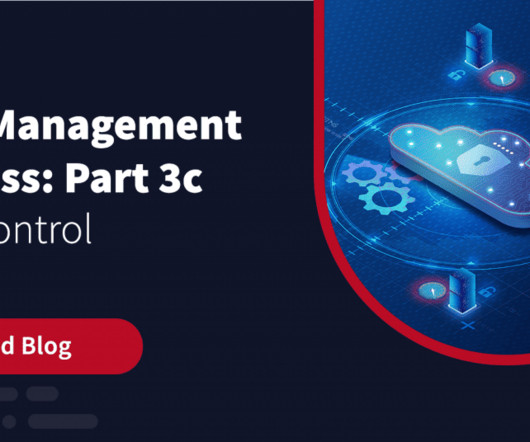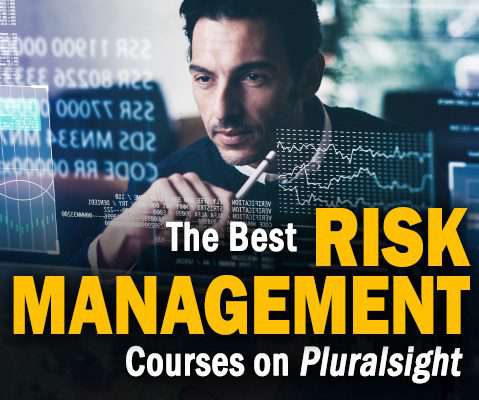The Difference Between Strategic and Operational Risk
Reciprocity
AUGUST 17, 2022
On the other hand, confusion about risks – and especially about strategic and operational risks – undermines an organization’s ability to manage risk well. This article addresses common questions about strategic and operational risk, such as: What are strategic risks and operational risks?














Let's personalize your content